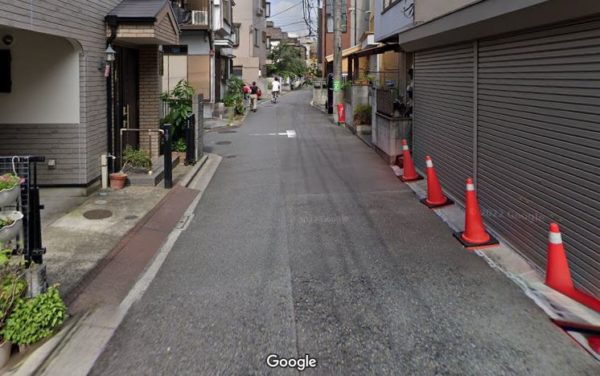Pedestrians always should walk on the right in Japan?
I had a bit of a problem on the pavement recently. I was passing someone coming from the other side of the road and we bumped shoulder to shoulder. The other person ran towards me and bumped into me. The other person's argument was that pedestrians should walk on the right side of the road. When you walk on the pavement, sometimes you are on the right and sometimes you are on the left. Even at pedestrian crossings, everyone is free to walk on the left or the right without bumping into the other person. Does it always apply that pedestrians should walk on the right side of the road?
The Metropolitan Police website said this.
"In Japan, the basic rule is that pedestrians should pass on the right and cyclists and motorists should pass on the left, with priority given to pedestrians. Pedestrians should walk where there are footpaths and use the nearest pedestrian crossing when crossing the road."
This alone could be taken to mean that pedestrians must always walk on the right side of the road. However, if we look at the specific law on which this is based (Article 10 of the Road Traffic Code), it says the following.
Article 10: On roads where there is no distinction between footpaths or verges of sufficient width for pedestrian traffic (referred to in the following paragraph and in the following Article as "footpaths etc.") and carriageways, pedestrians shall keep to the right of the road. However, if it is dangerous or otherwise unavoidable to walk on the right-hand side of the road, they may walk on the left-hand side of the road.
This means that, strictly speaking, this is not a principle for pedestrians passing each other; it is only a 'principle for pedestrians passing against the carriageway'. It does not regulate the passage of pedestrians within the footpath. The recent shoulder collision incident was within the footpath, so there is no law on the principle of right-hand traffic. This is described in more detail in the Nissay Institute for Basic Research.

However, the principle seems to be that pedestrians should walk on the right when passing on roads with no white lines and no difference in footpaths, as shown in the picture. If you are walking on the left side of the road and bump shoulders with someone passing on the right side, if the other party says "pedestrians must pass on the right side", they are right. However, if the road is marked by a white line, the principle of right-hand traffic does not apply as long as the pedestrian is passing on that sidewalk.

The ambiguity of the text on the Metropolitan Police Department's website may lead some people to believe that pedestrians must always walk on the right side of the road at all times. The law must be interpreted properly and correctly.
Foreigners living in Japan should also be aware of the basic principles of pedestrian traffic rules, just in case.


